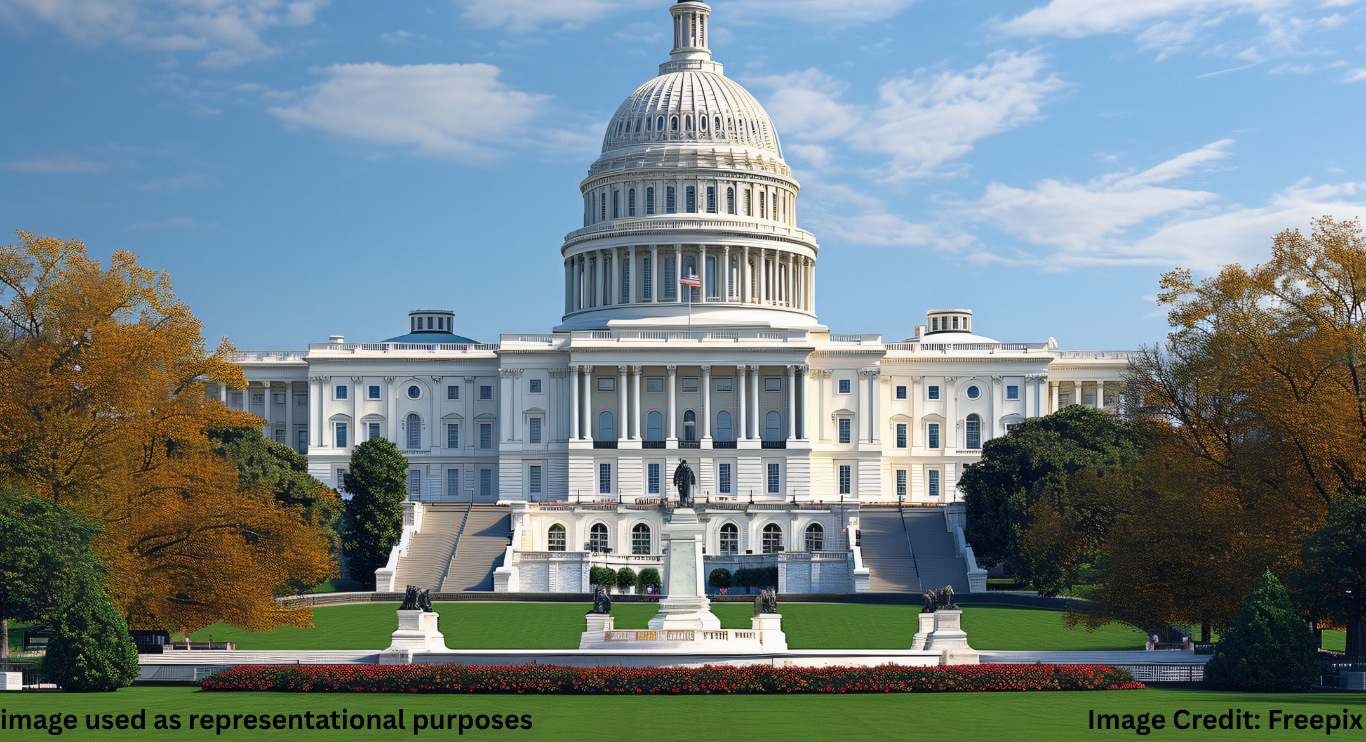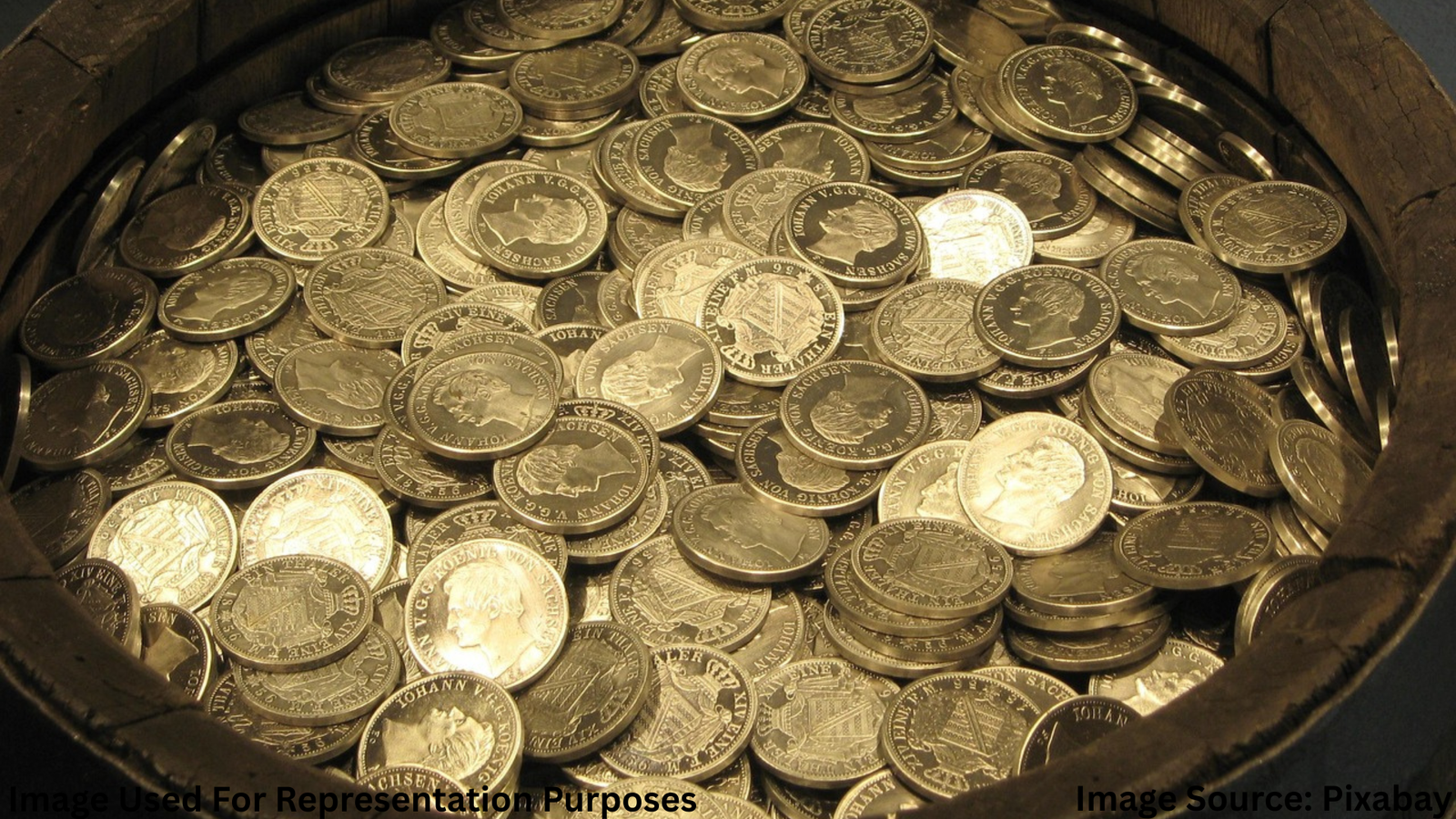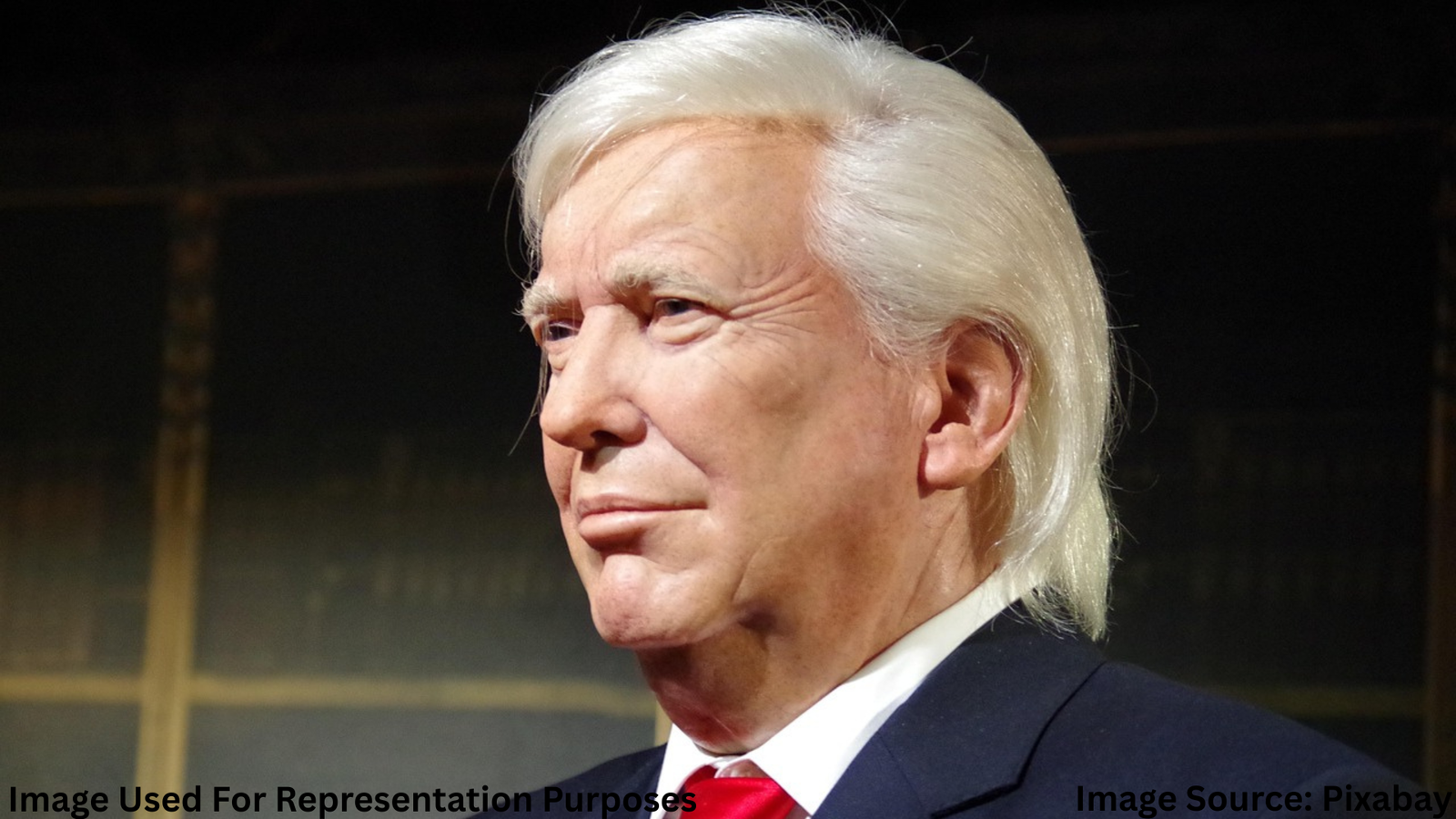
White House Keeps Pressure on Powell Over Rate Cuts and Renovations
White House pressure on Powell, the Biden administration is turning up the heat on Federal Reserve Chair Jerome Powell as both political and economic pressures mount over stalled interest rate cuts and the Fed’s controversial renovation plans.
As inflation cools and job growth stabilizes, administration officials have intensified their calls for Powell and the Fed to pivot from a high-interest-rate stance. Meanwhile, reports of the Fed’s estimated $2.5 billion headquarters renovation have sparked backlash from lawmakers and watchdog groups — putting Powell in a political bind.
Inflation Slows, Political Heat Rises
After two years of aggressive rate hikes aimed at cooling rampant inflation, signs now point to a stabilizing U.S. economy. Core inflation has declined steadily, falling below 3% for the first time in over two years. Unemployment has remained low, and consumer confidence is showing signs of recovery.
Still, the Federal Reserve has kept its benchmark interest rate at a 23-year high, citing concerns over premature easing.
But with the 2024 election in the rearview mirror and President Biden aiming to solidify economic momentum heading into 2026, top White House aides are reportedly lobbying Powell behind closed doors. Their message: it’s time to cut rates — and soon.
“We’re seeing real progress on inflation, but families and businesses are still hurting from high borrowing costs,” one senior administration official told Politico. “We believe the Fed needs to consider the full picture.”
Renovation Controversy: A $2.5 Billion Problem
Adding fuel to the fire is the planned renovation of the Federal Reserve’s iconic Marriner S. Eccles Building in Washington, D.C. Initial estimates pegged the project at $1.5 billion, but costs have since ballooned to over $2.5 billion — raising eyebrows across party lines.
Critics accuse Powell of greenlighting excessive spending at a time when average Americans are grappling with high mortgage rates and credit card interest. Lawmakers on Capitol Hill have demanded transparency.
“We need fiscal responsibility from every corner of the government — that includes the Fed,” said Senator Rick Scott (R-FL) during a recent oversight hearing. “This isn’t the time to fund a luxury remodel.”
An internal Fed memo leaked earlier this month reveals high-end upgrades to executive offices and expanded security enhancements, fueling further criticism.
Powell’s Balancing Act
Jerome Powell now faces a challenging balancing act — managing the Fed’s public image while staying true to its core economic mandate.
Publicly, Powell has downplayed the political noise. At a recent Fed press conference, he reiterated the importance of data-driven decisions:
“We understand the pressure people are feeling, but our commitment is to price stability. We won’t be swayed by politics.”
Privately, however, sources say Powell is aware of the tightrope he’s walking. While independent from the White House, the Fed operates under congressional oversight and often faces political consequences for its decisions — especially during election cycles.
The upcoming Jackson Hole Symposium in August may provide more clarity. Economists and political analysts alike will be watching closely to see whether Powell signals a shift in tone regarding rate cuts.
Wall Street Weighs In
Markets have responded cautiously to the drama unfolding in Washington. The S&P 500 has held steady, buoyed by strong tech earnings, but the bond market shows signs of anticipation.
Yields on 10-year Treasury notes have fallen slightly, suggesting traders expect a rate cut as early as September — a move that would mark the Fed’s first loosening in over a year.
“There’s real anticipation now,” said Sarah House, chief economist at Wells Fargo. “If the Fed doesn’t move soon, it risks losing credibility with both the market and the public.”
Political Implications Heading Into 2026
The debate over monetary policy and federal spending is likely to become a major talking point as congressional midterms approach in 2026.
Democrats are keen to highlight easing inflation and economic resilience as signs of Biden’s leadership, while Republicans are expected to use the Fed’s renovation controversy to criticize government waste and fiscal mismanagement.
Already, political action committees are running ads in key swing states, framing Powell’s Fed as out of touch with average Americans.
“They say inflation’s down — but look at your credit card bill. Look at your mortgage rate. Meanwhile, they’re spending billions renovating offices,” says one ad from the conservative group American Future First.
Conclusion: Pressure Builds, Decisions Loom
With inflation easing, public patience waning, and political scrutiny intensifying, the Federal Reserve — and its chairman — face critical choices in the coming months.
Whether Powell decides to cut interest rates or hold firm could redefine not just the Fed’s role in the post-COVID economy, but also reshape the political landscape ahead of the next wave of elections.
As the White House keeps the pressure on, all eyes remain fixed on the Fed’s next move.

Akalumhe Jefferson is a content writer with a new found interest for crafting engaging stories that transport readers to new worlds. Although no current actual background in creative writing but there’s active love for writing



